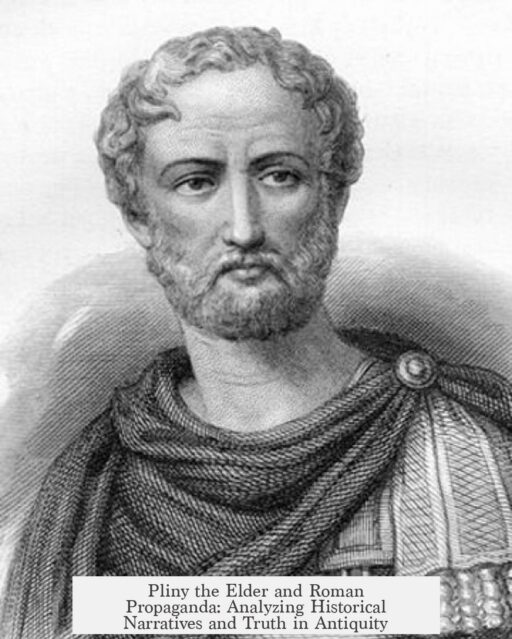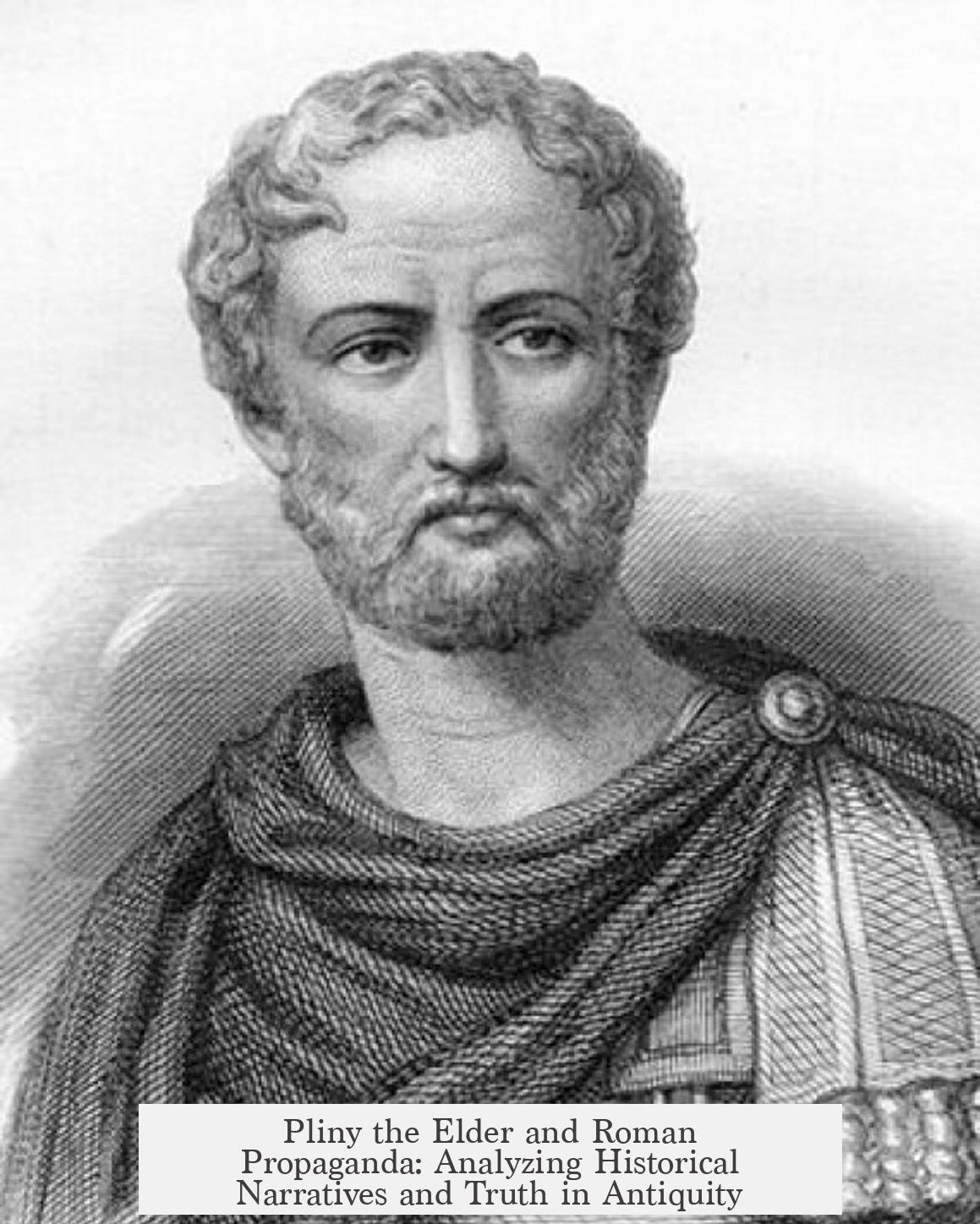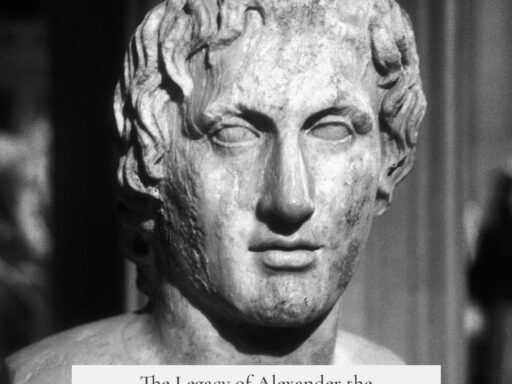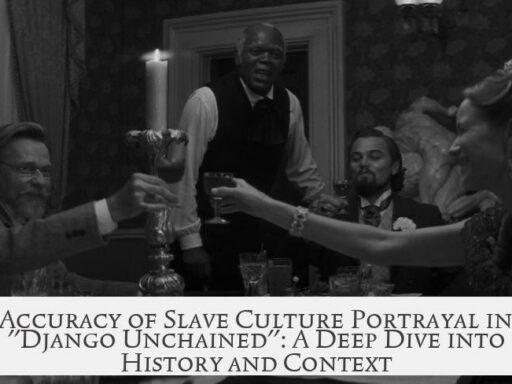We cannot be certain that Pliny the Elder and other Roman authors avoided Roman Empire propaganda in their depictions of Europe outside the empire. Classical sources often contain exaggerations, political motives, and selective facts. These writers regularly advanced Roman imperial interests.
Julius Caesar’s *Commentarii de Bello Gallico* provides a clear example of propaganda in classical literature. Caesar wrote his accounts during a political power struggle, aiming to portray himself as a victorious leader. His reported figures on Gallic populations and battle outcomes stretch credibility. For instance, he claims exact census data for the Helvetii—an implausible level of detail—and battles where Roman casualties were zero, and surviving enemies immediately killed themselves. Such claims suggest exaggeration for political gain, not factual accuracy.
Historical skepticism grew with modern research indicating that earlier scholars often overestimated population sizes in Gaul due to accepting Caesar’s numbers at face value. This shows the difficulty of verifying classical accounts independently. Similar caution applies to other Roman authors like Pliny the Elder.
Pliny’s descriptions cover a wide geographic area and include various European peoples and customs. While informative, his accounts reflect the Roman worldview. Scholars recognize classical writings as blending observation with Roman cultural bias and empire-serving narratives.
- Roman authors often wrote with political or ideological motives.
- Population and battle figures in classical texts frequently lack external confirmation.
- Modern scholarship treats these sources skeptically and cross-checks with archaeology and non-Roman accounts.
- Pliny the Elder’s works convey knowledge filtered through Roman perspectives and possible agenda.
In essence, we do not have definitive proof that Pliny and others avoided propaganda. Instead, we approach their works as partial, often politicized, historical records requiring careful interpretation. Comparing them with archeological evidence and other independent sources helps build a more balanced understanding of Europe’s past beyond Roman borders.
- Classical sources often serve empire-building narratives.
- Caesar’s writings illustrate deliberate political propaganda.
- Pliny’s accounts must be read critically, with recognition of Roman bias.
- Cross-disciplinary evidence improves reliability beyond classical texts alone.
- Absolute certainty about bias or truth in ancient texts is unattainable.
How do we know Pliny the Elder & Co. weren’t just writing Roman Empire propaganda about the rest of Europe?
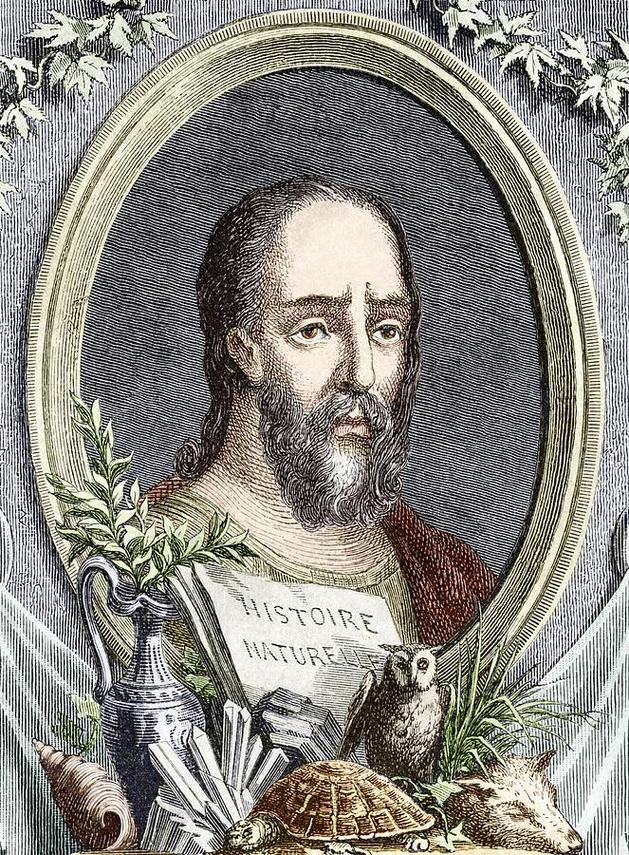
Short answer? We don’t. In fact, classical sources like Pliny the Elder’s works often raise red flags about being Roman Empire propaganda regarding the peoples outside Rome.
But hold on—before you toss Pliny’s writings into the “fake news” bin of ancient Rome, let’s dive deeper. What’s the evidence? And, more importantly, how do historians balance trust and skepticism here?
Knowing the Past Means Questioning the Authors
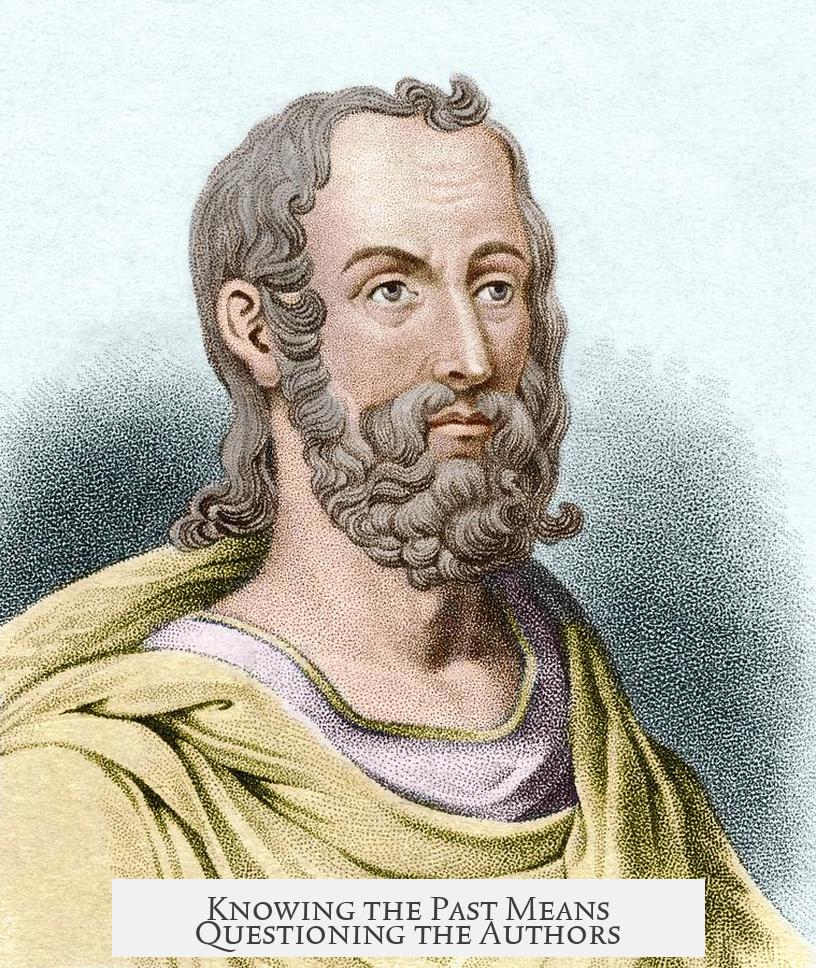
Historically, scholars treat classical texts with a healthy side of suspicion. Pliny the Elder and his contemporaries wrote during a time when Rome sought to justify its expansion and dominance. So, their depictions of “barbarians” and foreign peoples were often carefully crafted narratives.
Roman authors were not journalists chilled in front of a laptop; instead, they were part storytellers, part politicians, and often part propagandists. It’s no secret their objective sometimes leaned toward glorifying Rome rather than delivering cold, hard facts.
Take Julius Caesar’s Commentarii de Bello Gallico. The man literally wrote his military exploits as a PR campaign for political power in Rome.
Caesar’s “Truth” and Why It’s A Cautionary Tale
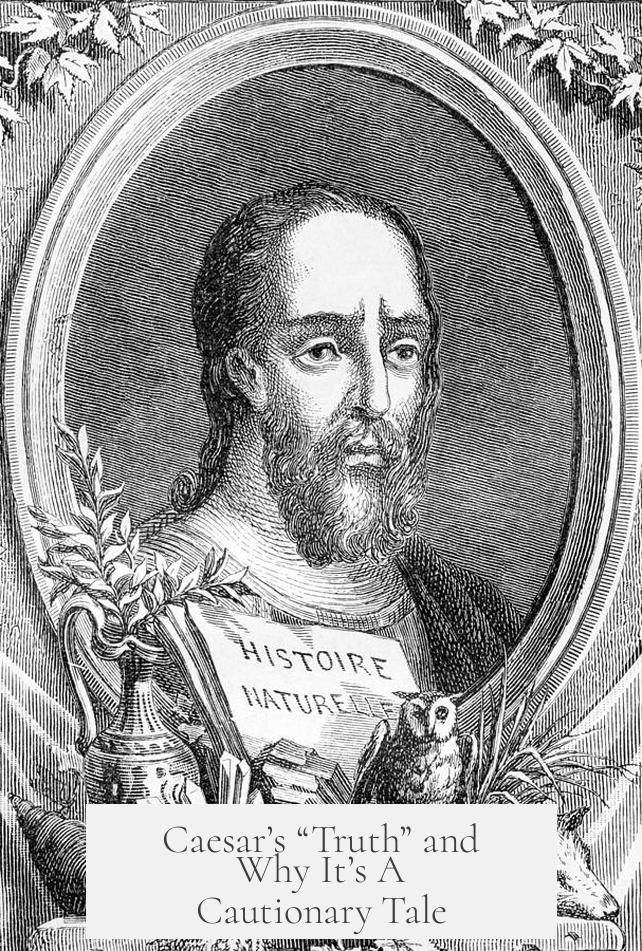
Caesar’s accounts come with grand numbers: a Helvetii tribe population at 263,000 plus 105,000 allies, with a quarter ready for battle, and getting this precision from “Greek tablet censuses.” Sounds more like a spreadsheet fantasy than historical record, right?
And battles where Caesar claims “we won with zero casualties” and all surviving enemies commit mass suicide? That’s not historical reporting; that’s epic storytelling gone wild. Most modern historians dismiss these numbers as exaggerations designed to boost Caesar’s image.
This is the cautionary tale: if one of Rome’s biggest figures had clear motives and distorted facts, what about others like Pliny?
So, What About Pliny the Elder?

Unlike Caesar, Pliny was a naturalist and encyclopedist, compiling knowledge about Europe’s geography, peoples, plants, and animals. But that doesn’t exclude the possibility of bias; Roman authors frequently echoed imperial ideology.
There’s no smoking gun proving Pliny penned pure propaganda, but scholars remain skeptical. After all, he wrote within Rome’s cultural framework, naturally favoring the empire’s worldview.
The key is comparative analysis. Historians cross-check Pliny’s accounts with archaeology, later writings, and population estimates. Where Pliny strays into exaggeration or culturally tinted descriptions, it’s spotted and critiqued.
How Do Modern Scholars Handle This?
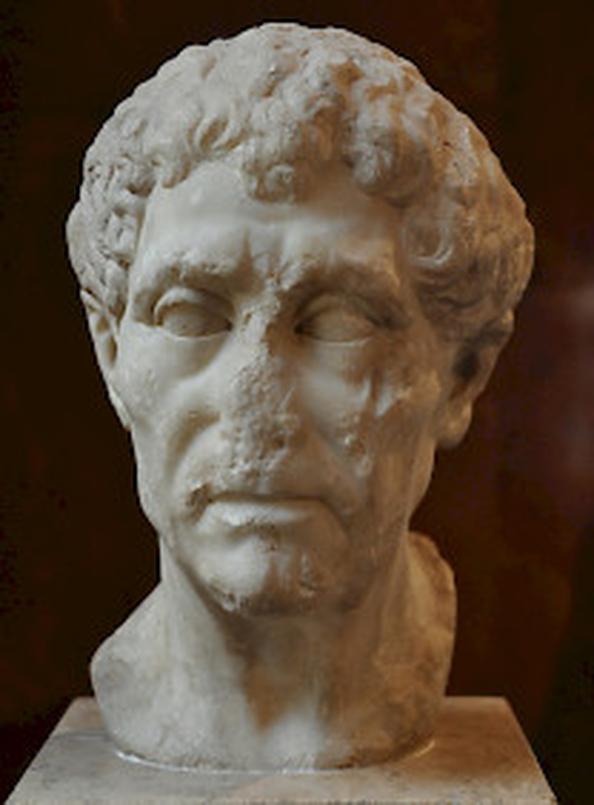
Since the 20th century, historical research has rigorously tested classical writings. Earlier works accepted texts like Caesar’s as mostly accurate. Now, modern methods—archaeological digs, demographic modeling, and interdisciplinary studies—reveal inconsistencies.
This layered scrutiny applies to Pliny as well. For instance, population figures Pliny cites are often inflated compared to physical evidence. His descriptions may stress exotic or dangerous qualities of “barbarians,” fits with a Roman agenda to justify expansion or dominance.
Yet, we cannot discard Pliny outright. His observations often serve as starting points that invite further research rather than gospel truth.
What’s the Practical Takeaway for History Buffs and Curious Minds?
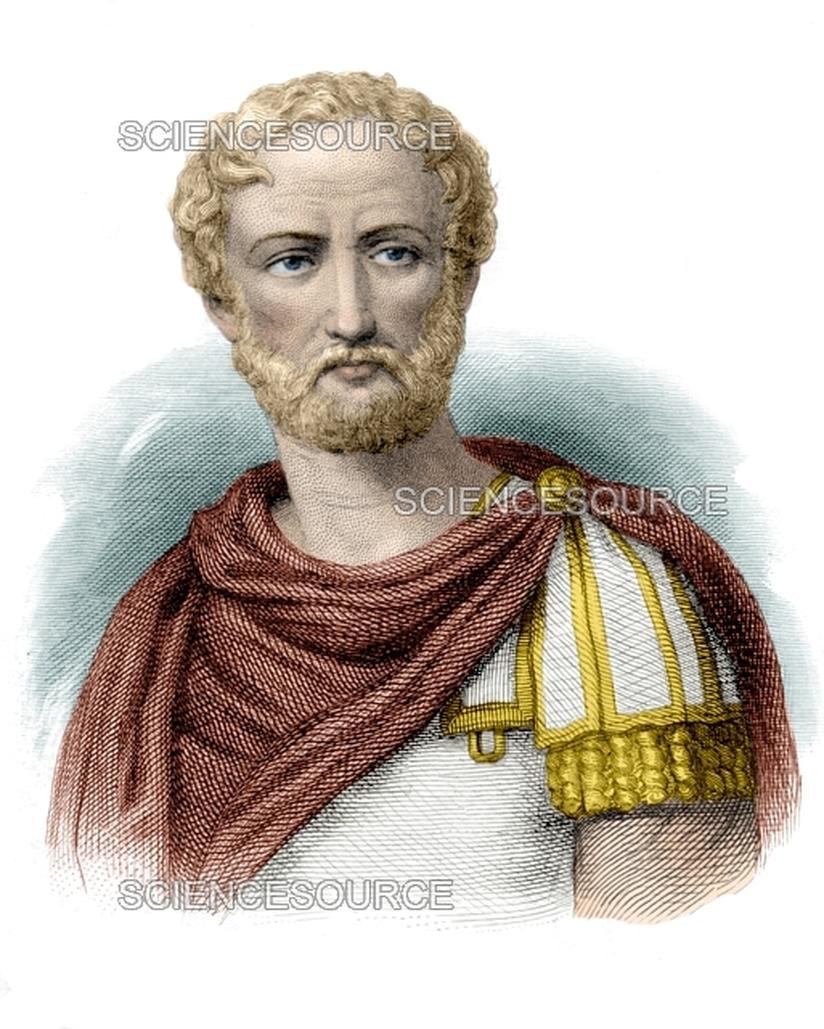
- Always approach classical Roman texts critically.
- Understand that propaganda in those times was less sneaky—it was a public tool intended to strengthen Rome’s image and control.
- Verify claims through multiple sources: archaeology, later historians, and demographic data.
- Recognize the value of these ancient texts as cultural artifacts, reflecting Roman mindsets and political goals.
Is It All Just Propaganda? Not Exactly.
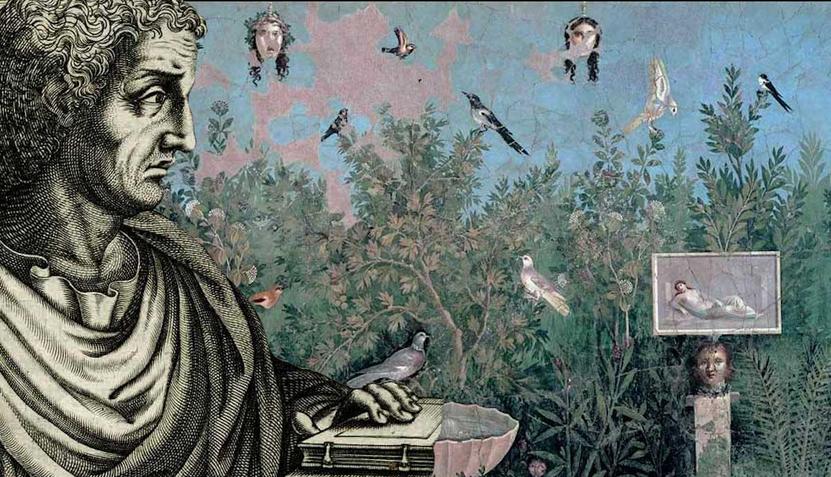
Some might wonder if everything Rome said about others is a lie. Not exactly. While numbers and heroic tales show bias, many basic geographical and ethnographic details still hold up reasonably well or at least point scholars in useful directions.
The debate is not black and white. Pliny and friends weren’t mere spin doctors at all times—they also collected and preserved knowledge that might otherwise be lost. But they certainly painted this knowledge with Roman brushes.
Final Thoughts: Truth in Antiquity is a Mosaic
We don’t have a crystal ball showing exact reality behind Pliny’s work or Caesar’s memoirs. Instead, we piece together a mosaic—fact, exaggeration, perspective, and propaganda.
So next time you read Pliny the Elder describing the wild tribes beyond Rome’s borders, ask: What truths did he pass down? Which parts were Rome talking itself up? And how do these writings fit into the bigger puzzle modern historians are tirelessly reconstructing?
Understanding this fragile balance sharpens our appreciation of ancient texts—not just as dusty relics but as living dialogues between ancient Rome and the diverse Europe it dominated.
Q1: How can we assess if Pliny the Elder’s writings were propaganda?
We can’t fully know. Scholars treat his accounts with caution, much like other Classical sources, often assuming some level of bias or propaganda in descriptions of foreign peoples.
Q2: Why do scholars doubt ancient authors’ population figures, like those in Caesar’s works?
Ancient population numbers often conflict with other evidence. Caesar’s claims, for example, suggest unrealistically precise censuses and combatant ratios, hinting at exaggeration or manipulation.
Q3: Does the presence of political motives in Caesar’s writings affect how we view Pliny’s work?
Yes. Since Caesar had clear political motives for propaganda, scholars apply similar skepticism to Pliny and others, recognizing their potential bias in describing non-Roman peoples.
Q4: Is it possible to fact-check classical authors’ claims about Europe outside Rome?
Fact-checking is difficult. It relies on archaeological data and other sources, which are often incomplete. This limits certainty about the accuracy of Classical narratives.
